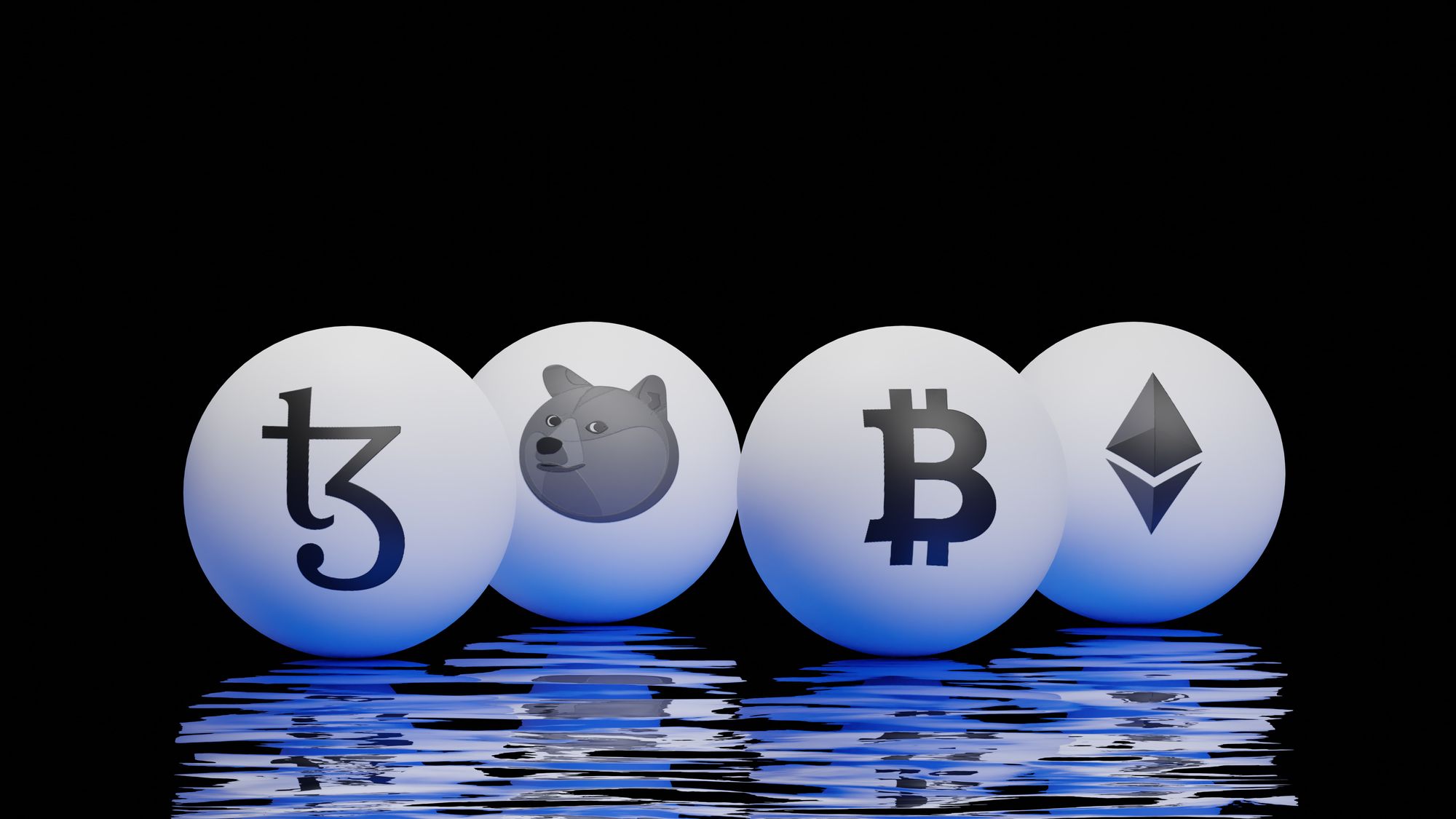How to Not Be Poor: Understanding nominal yield, token inflation and real yield

The key to not become poor, is to make sure you pay attention to seemingly boring things like nominal yield, token inflation and real yield. Increase in wealth is defined by the increase in REAL wealth, not NOMINAL wealth. Read more to find out.
Firstly, Lets Start Off with NOMINAL. What is NOMINAL?
- As per its namesake, NOMINAL is surface-level yield that you must take on as-is basis.
- If an AMM pool is offering 2% APY, then it’s the nominal yield the pool is offering you.
- If nominal inflation is 6%, then nominal prices are growing by 6% compared to the year before.
Closer Look at Nominal Yield:
- Nominal yield is the percentage paid to pool stakers (investors, you!).
- Nominal yield is simply the token that investors are getting when they stake their tokens with a pool, however it EXCLUDES any consideration of inflation. In crypto world, inflation refers to the increase in token supply.
Real Yield:
- Meanwhile real yield is the real value of investors’ profit. REAL yield incorporates the impact of inflation in its calculation.
- The formula to get real yield is [nominal yield% - inflation%].
Token Inflation:
- Token inflation in cryptocurrency is simply the increase of circulating supply of token. Because of this, token inflation is usually represented as percent per year, which means how much of it increases in a range of a year.
- Token inflation usually happens more on proof-of-work tokens, since tokens are being mined by miners. Which means that the issuance of tokens can’t be controlled directly by protocol.
Why Do We Care About Inflation?
- We care because all things being the same, increase in supply will result in lower price per token.
- For example, imagine a PoW blockchain in which there’s no material increase in number of users, TVL, and trading volume in a particular period. An increase in token circulating supply in this PoW blockchain means that the price per token will tend to be lower
- Market price = No of tokens * price
- If market price stays the same and no of tokens increase, naturally price will tend to decline.
- As such, if you are a holder of this token and you do not stake your tokens, your tokens purchasing power will be eroded by the token inflation. Staking them them would provide buffer to this purchasing power, ensuring that you will also be entitled to the share of increase in token circulating supply.
How to Control Token Inflation?
- One way to control inflation is by introducing some kind of cap, such as Bitcoin’s hard cap and halving. By using this method, the amount of token circulating in the market will be limited to a certain amount and halving will help by reducing the amount of token issued.
- Another way to reduce token inflation is token burning mechanisms (such as Ethereum or BNB) which destroy created tokens. This can make some tokens deflationary in nature, since at some point the tokens burned might exceed the tokens issued.
Top 20 Tokens Inflation Rate:
Summary & Key Takeaways
- Nominal yield shows the percentage of profit that investors earn, but it doesn’t include inflation in its calculation.
- Real yield shows the real profit, since it takes nominal yield and subtracts it with inflation rate.
- Token inflation is the rate of new token creation, usually in a range of a year, which can affect its price.
- To not be poor, you need to make sure that your tokens increase AT LEAST in line with the token inflation rate. This can be achieved by staking your tokens to earn yield. Nominal yield here is seen as a buffer against inflation. Real yield tells you the real rate at which your token is growing, after we take inflation into account.
- Token inflation is more prevalent in proof-of-work token since its issuance can’t be controlled by protocol.
- Some ways to counter token inflation is the burning mechanism and halving, which can make token nature from inflationary to deflationary.
Reference:
https://coincodex.com